Ultra-luxury and brooding menace combine in Rolls-Royce’s new Ghost Black Badge
Rolls-Royce Ghost Black Badge is at the super-villain end of the luxury scale, the latest in the company’s darkly desirable special series

There’s something dark and mysterious brewing in the heart of Rolls-Royce. Since 2016, the company has thrown its traditional caution and reserve to the wind and incorporated what it calls ‘Black Badge’ models into its range. While almost all luxury manufacturers have a special designation or division for boosted, highly specified performance models, Rolls-Royce has chosen to be a bit different. The Black Badge series isn’t explicitly about performance, but about style, taking the company’s undeniably rich approach to car building and adding a layer of mystery and, dare we say, menace.
Rolls-Royce Ghost Black Badge
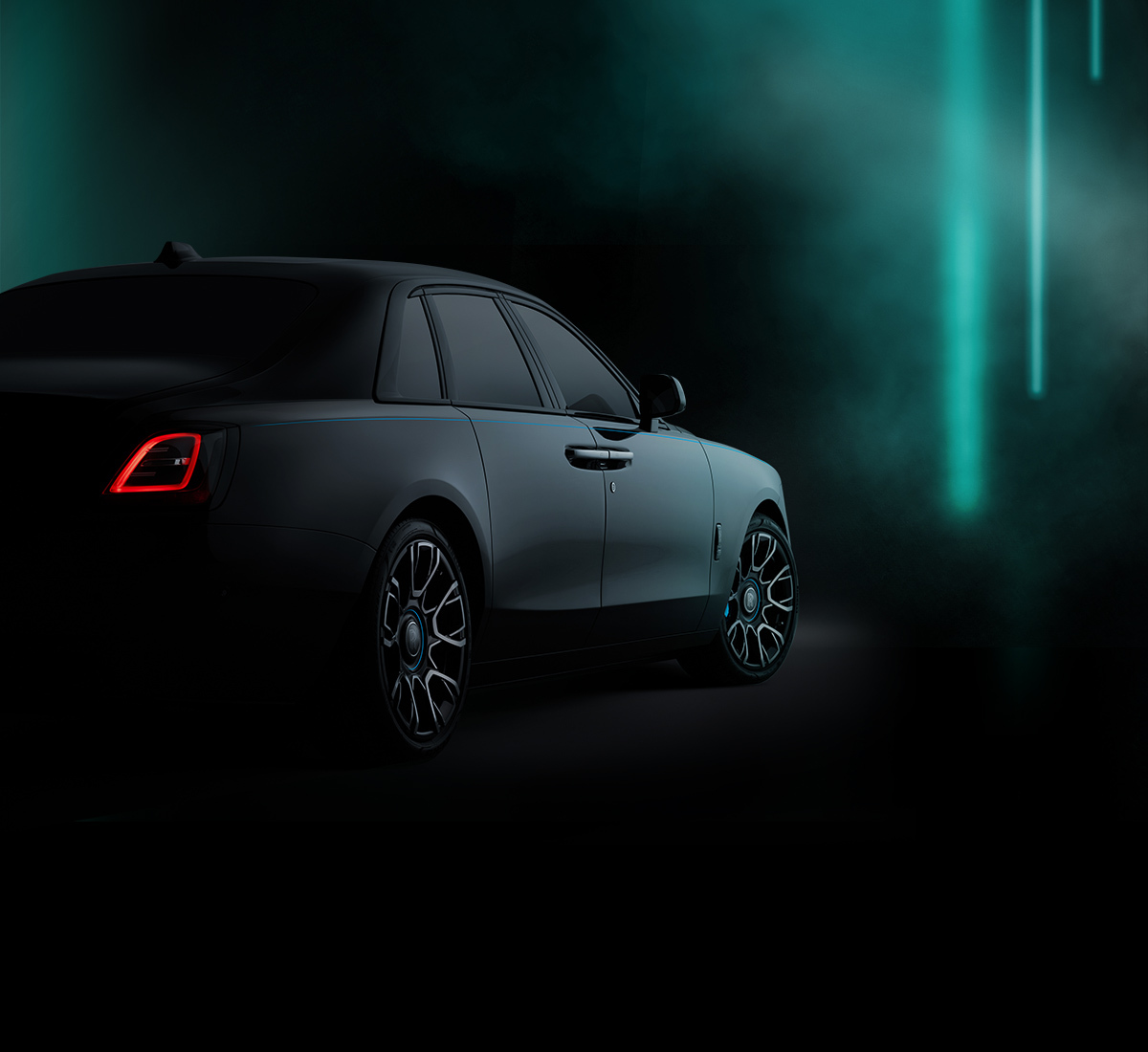
While it isn’t quite so overt, Black Badge also means a bump in performance. The company is famously reticent about divulging vulgar things like power outputs and performance statistics, but the Black Badge cars have been given a little boost in the form of more power and torque, plus a dedicated ‘Low’ mode that holds gears just a little bit longer and makes the exhaust just that bit louder.
There’s also sharpened-up handling and suspension. Make no mistake, however, this is no sports car. Power feels almost unlimited, especially at full throttle on a deserted British runway, but the reality is that hauling such a large car to around 140mph in such a short space of time is impressive but also somewhat redundant in the modern world.
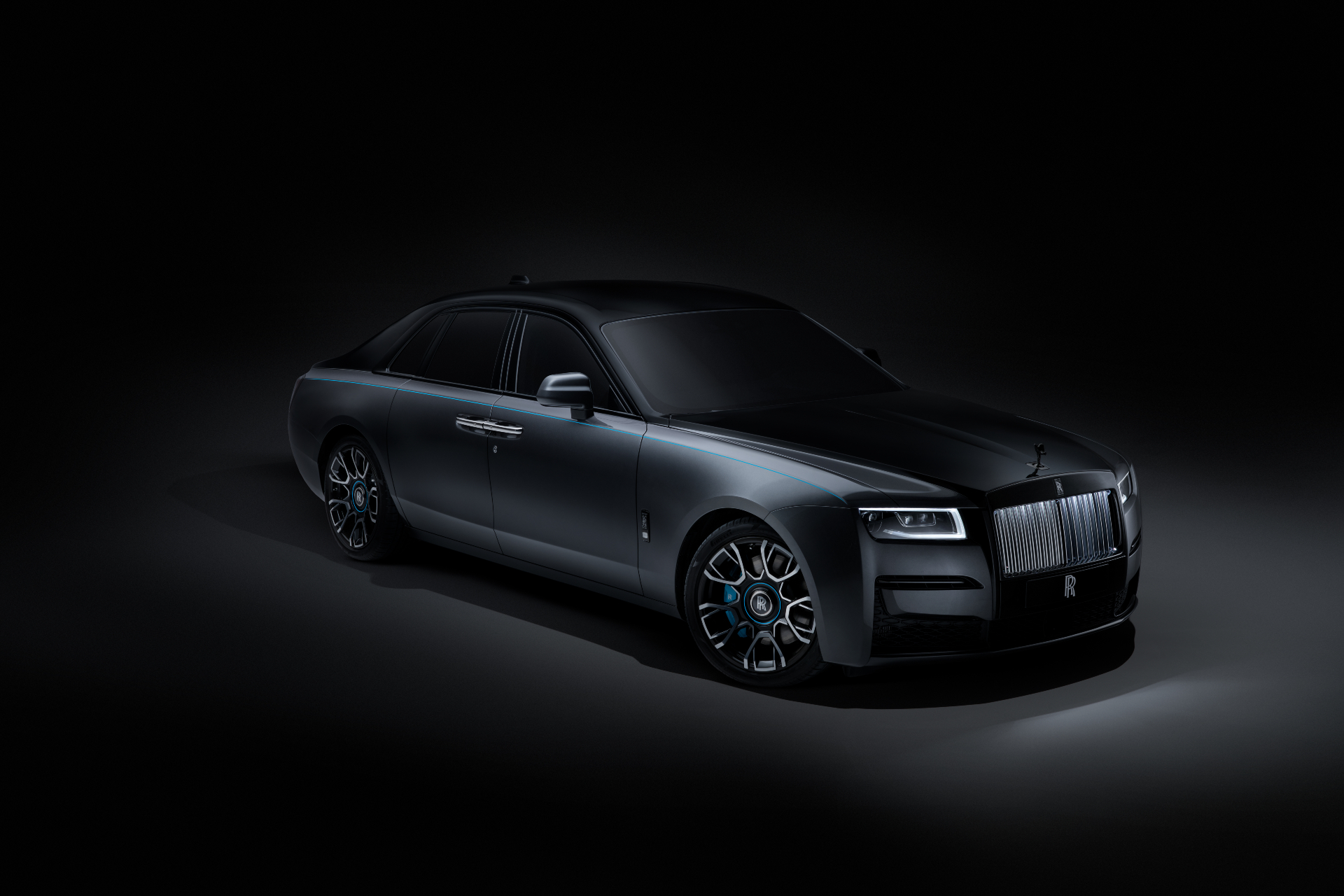
The company traces the history of the Black Badge back to bespoke models from its past with sober, all-black colour schemes. These include a 1933 Phantom II Continental with coachwork by Barker & Co, and a 1960 Phantom V owned by the Duke of Gloucester, one of the earliest luxury cars to pair matte and gloss black.
In the 1960s, John Lennon also ordered a blacked-out Phantom V, with a black finish that extended to darkened windows and black chrome trim (the company refused to allow the grille and Spirit of Ecstasy mascot to receive this treatment). This particular car was eventually transformed with a vivid psychedelic colour scheme, for which it remains justly famous.
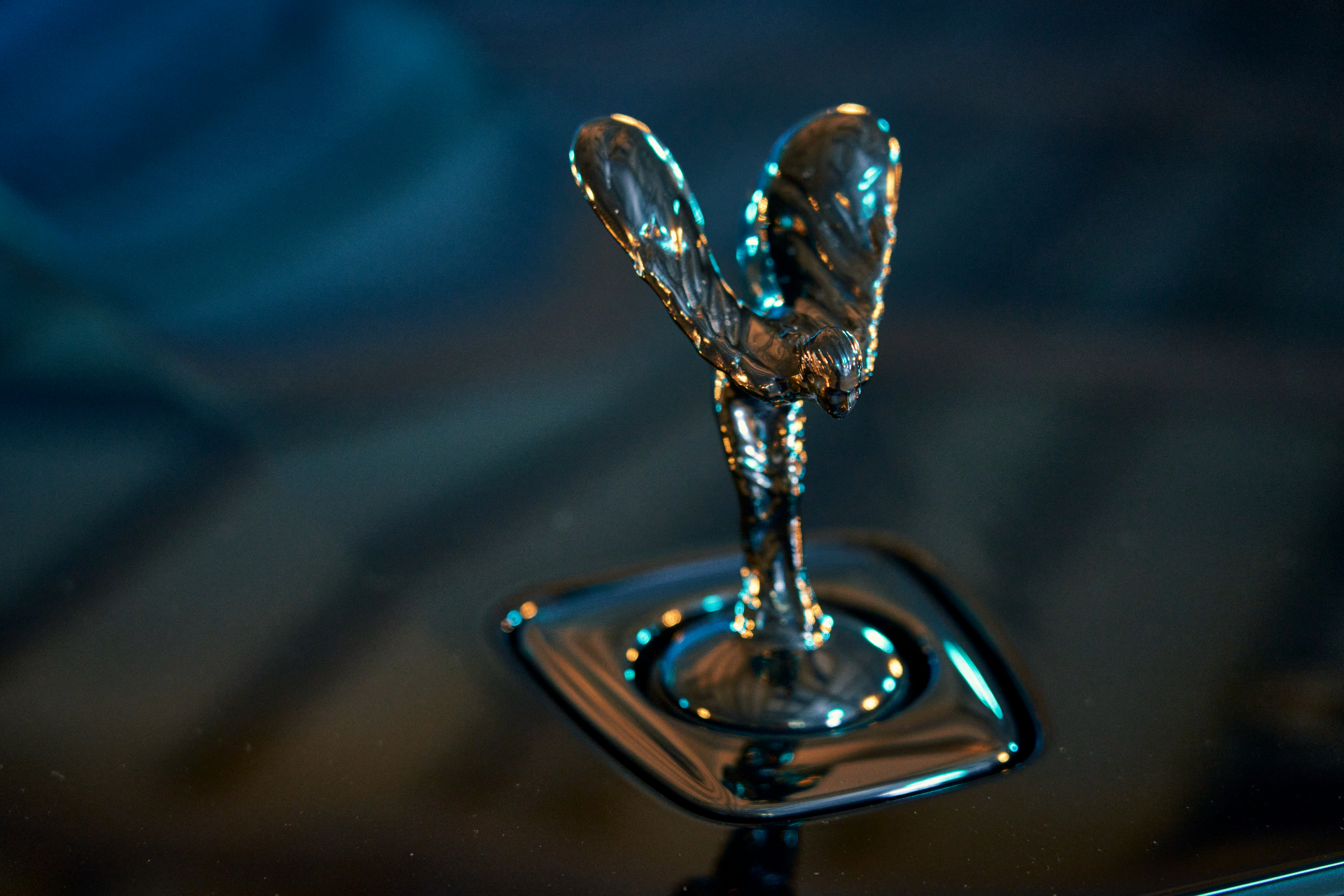
The new Rolls-Royce Ghost Black Badge now joins the line-up, standing alongside Black Badge versions of the Cullinan, Wraith and Dawn. The Rolls-Royce Ghost is the most advanced Rolls on the market, pitched at customers who are more likely to want to drive themselves and tend to be a bit younger than the company’s traditional customer pool.
In fact, the Rolls driver is getting younger and younger year on year, an indication of general UHNWI trends and the (un)surprising amount of wealth still sloshing around the global system. The Black Badge aesthetic is particularly on trend, certainly amidst the stratospheric realm of the superrich, where gloss and matte blacks are cropping up on everything from superyachts to wristwatches.
Wallpaper* Newsletter
Receive our daily digest of inspiration, escapism and design stories from around the world direct to your inbox.
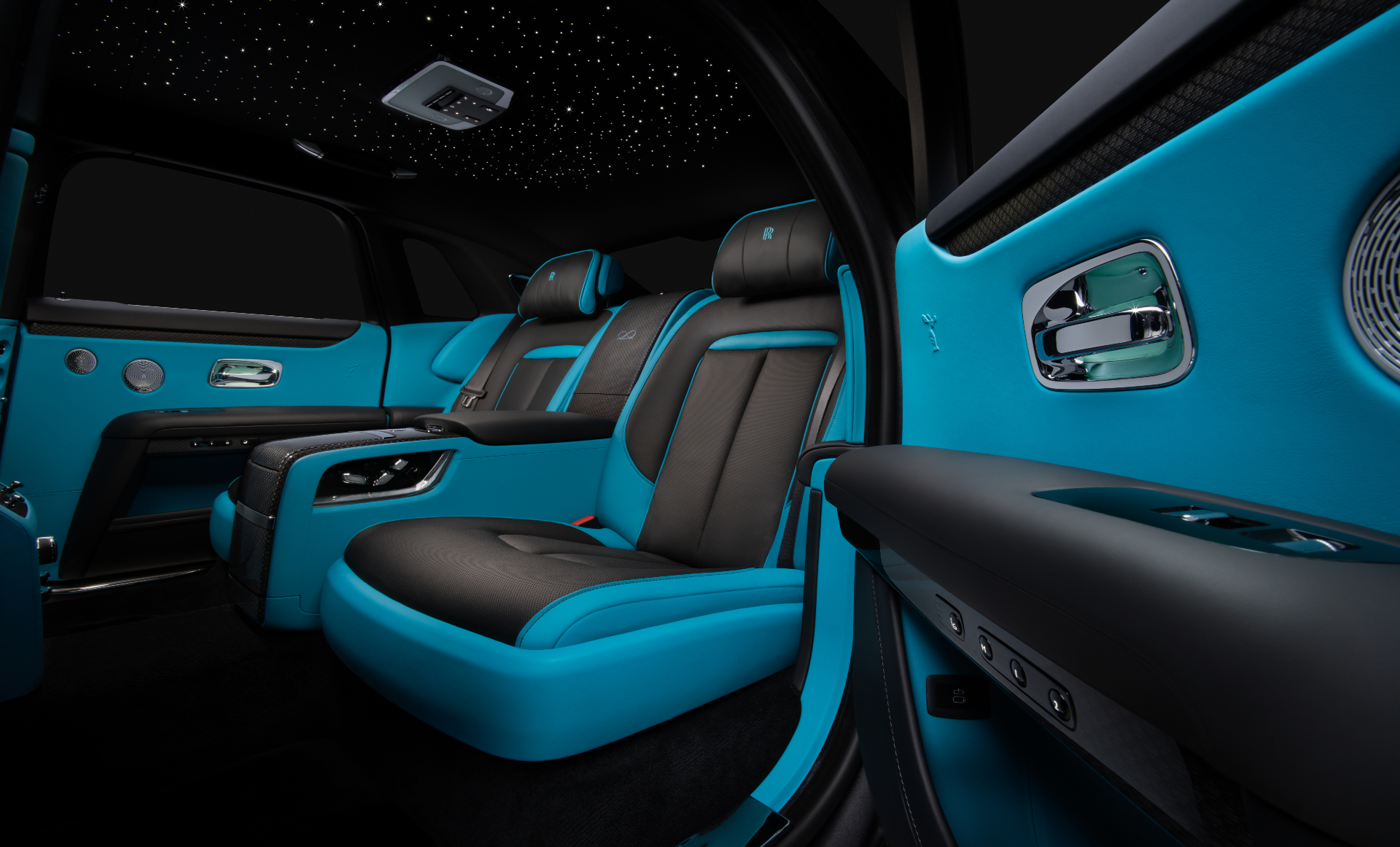
‘People want to be the villain again, not Bond,' a Rolls-Royce spokesperson told us; one wonders if the ever so slightly demonic image that Black Badge projects holds a mirror to the soul of its customers. One reason the company set off down this dark path was to counter the plethora of aftermarket accessories that had become available, frustrating the purity of the original designs with dubious and questionably tasteful extras.
Black Badge models now make up just over a quarter of the company’s annual sales, providing an interesting case study for luxury retail psychologists. Perhaps 27 per cent of Rolls-Royce customers aspire to this kind of neo-Mephistophelian, Succession-esque image.
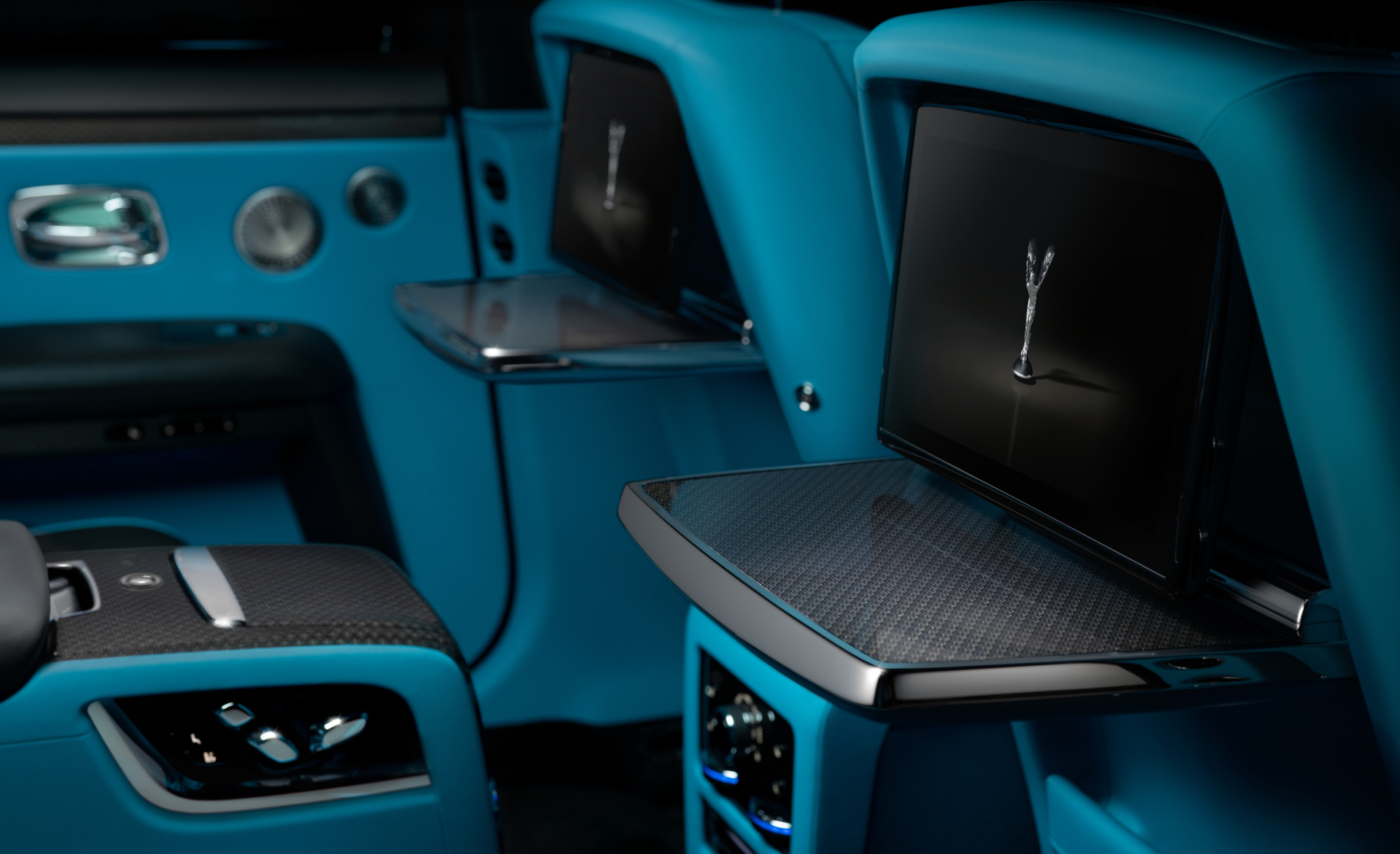
Like many very expensive things, Black Badge is only really communicated to those in the know, for this is a very minimal take on maximalism. The colours available tone down the car’s exterior treatment by minimising the brightwork. The deep, deep black paintwork has been hand polished until it resembles a pool of dark liquid. This can be strongly contrasted with a vivid palette of interior colours, making the leather pop like a jewellery case, with fittings finished with lashings of gloss carbon-fibre weave and dark metals.
There are other flashes of colour in the form of the painted coach line and the coloured brake calipers. Designer Henry Cloke has spoken before about the company’s ‘post-opulent’ design philosophy, but confusingly this can still look rather opulent to the 99 per cent. And depending on context and environment, post-opulence can also come across as rather menacing. You can never be truly anonymous in a Rolls.
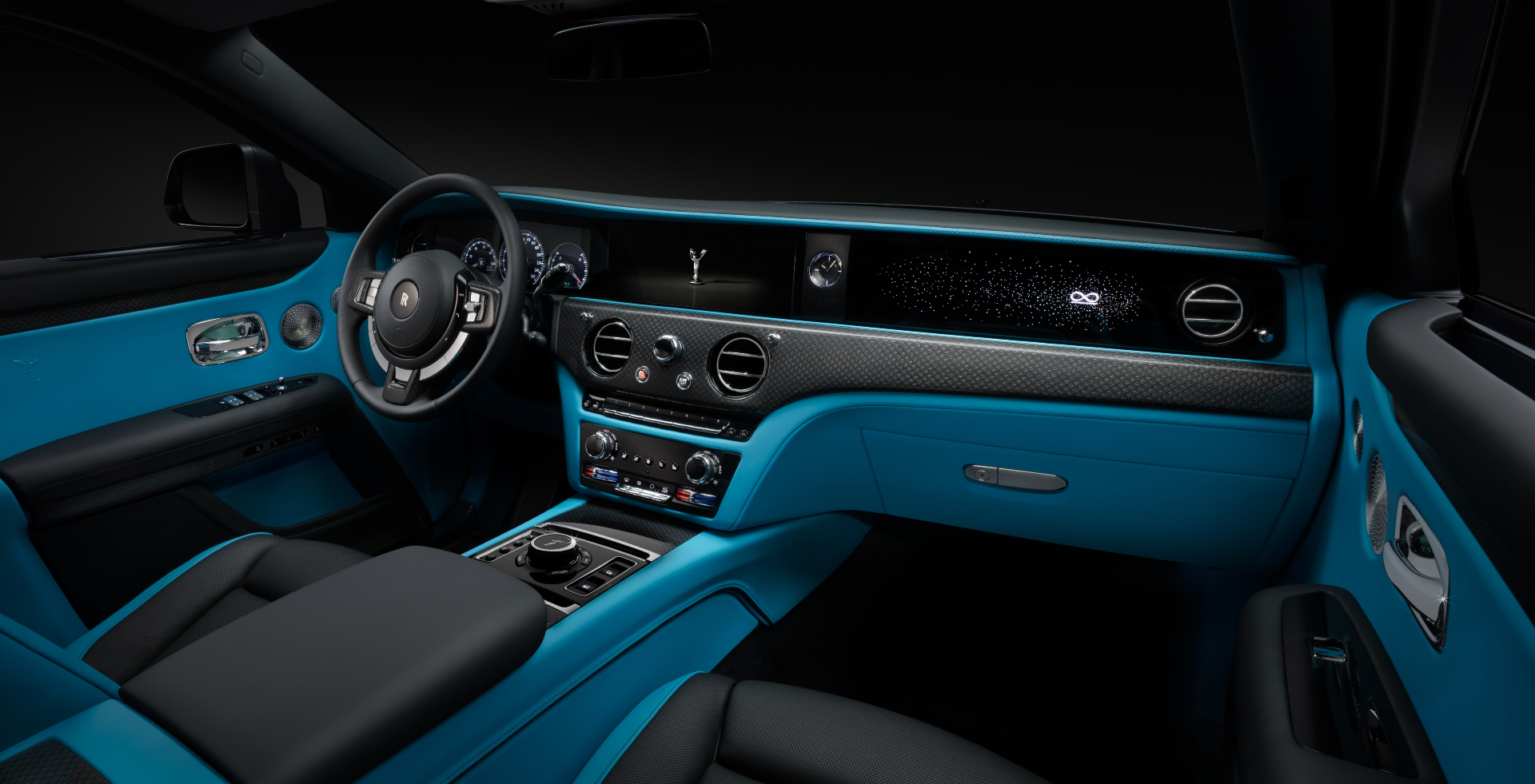
Out on the road, cossetted from the dark and the rain, soothed by the sparkling sight of the starlight headliner and the soft glow of the deco-esque instruments, the Ghost Black Badge comes into its own. There’s a V12 up front, but you wouldn’t know it, so quiet is its operation. ‘Low’ mode or not, you’re never short of horsepower, but the ambience, the scale, and the opulence encourage stately progress, not uncouth hustling. The Ghost is likely to be the last major new Rolls-Royce to be conventionally powered. The company’s first ever pure EV, the Spectre, was recently announced ahead of production in 2023 and other models will follow, including – one assumes – the first ever electric Phantom.
Rest assured, the company will continue to build Black Badge versions of these electric vehicles to sate those dark desires. And with an almost complete absence of sound, the Black Badge of the future will offer truly stealth wealth, most especially if you drive it at night.
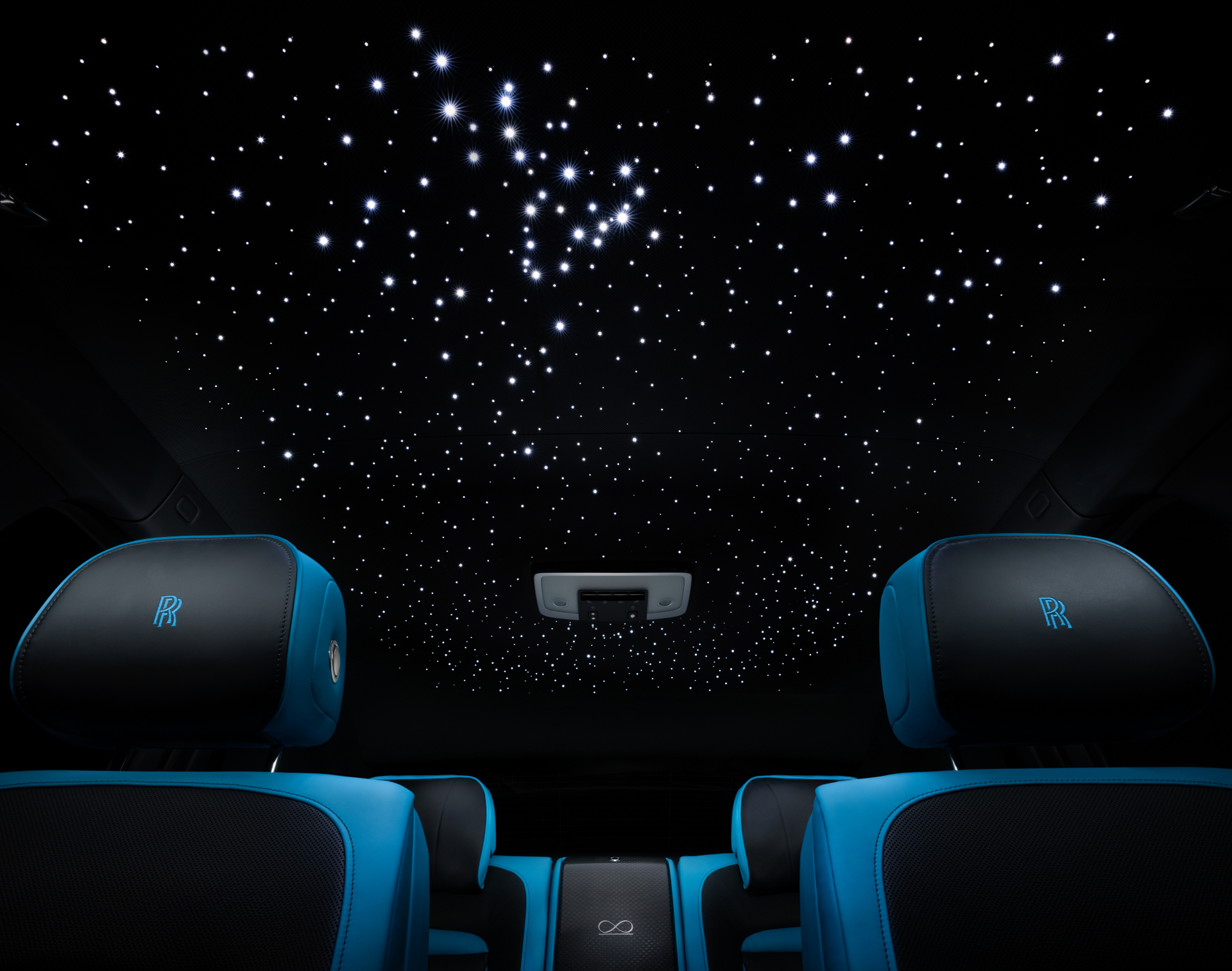
INFORMATION
Rolls-Royce Ghost Black Badge, price on application
Jonathan Bell has written for Wallpaper* magazine since 1999, covering everything from architecture and transport design to books, tech and graphic design. He is now the magazine’s Transport and Technology Editor. Jonathan has written and edited 15 books, including Concept Car Design, 21st Century House, and The New Modern House. He is also the host of Wallpaper’s first podcast.
-
 This new Vondom outdoor furniture is a breath of fresh air
This new Vondom outdoor furniture is a breath of fresh airDesigned by architect Jean-Marie Massaud, the ‘Pasadena’ collection takes elegance and comfort outdoors
By Simon Mills
-
 Eight designers to know from Rossana Orlandi Gallery’s Milan Design Week 2025 exhibition
Eight designers to know from Rossana Orlandi Gallery’s Milan Design Week 2025 exhibitionWallpaper’s highlights from the mega-exhibition at Rossana Orlandi Gallery include some of the most compelling names in design today
By Anna Solomon
-
 Nikos Koulis brings a cool wearability to high jewellery
Nikos Koulis brings a cool wearability to high jewelleryNikos Koulis experiments with unusual diamond cuts and modern materials in a new collection, ‘Wish’
By Hannah Silver
-
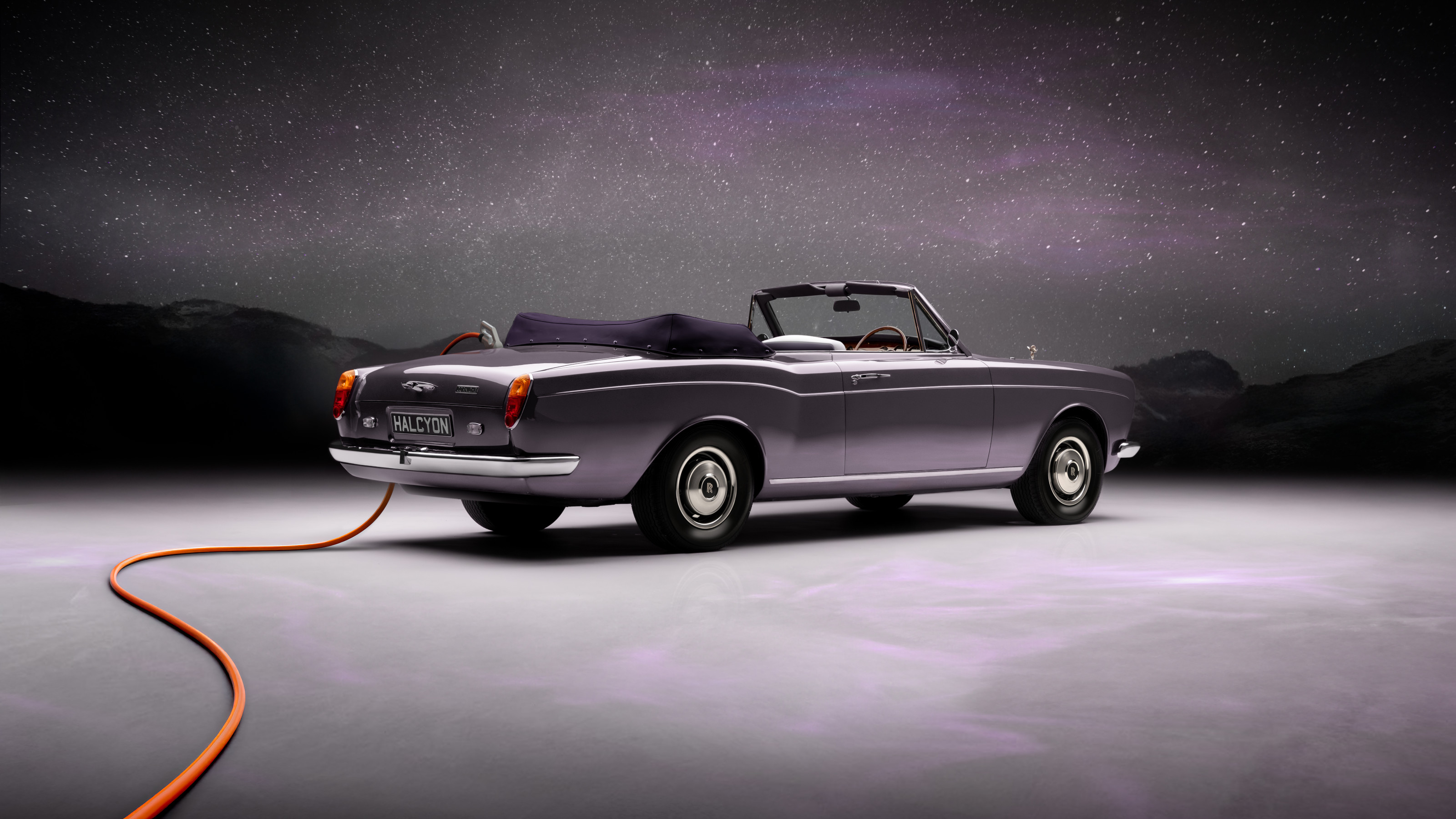 EV start-up Halcyon transforms a classic 1970s Rolls-Royce into a smooth electric operator
EV start-up Halcyon transforms a classic 1970s Rolls-Royce into a smooth electric operatorThis 1978 Rolls-Royce Corniche is the first fruit of a new electric restomod company, the Surrey-based Halcyon
By Jonathan Bell
-
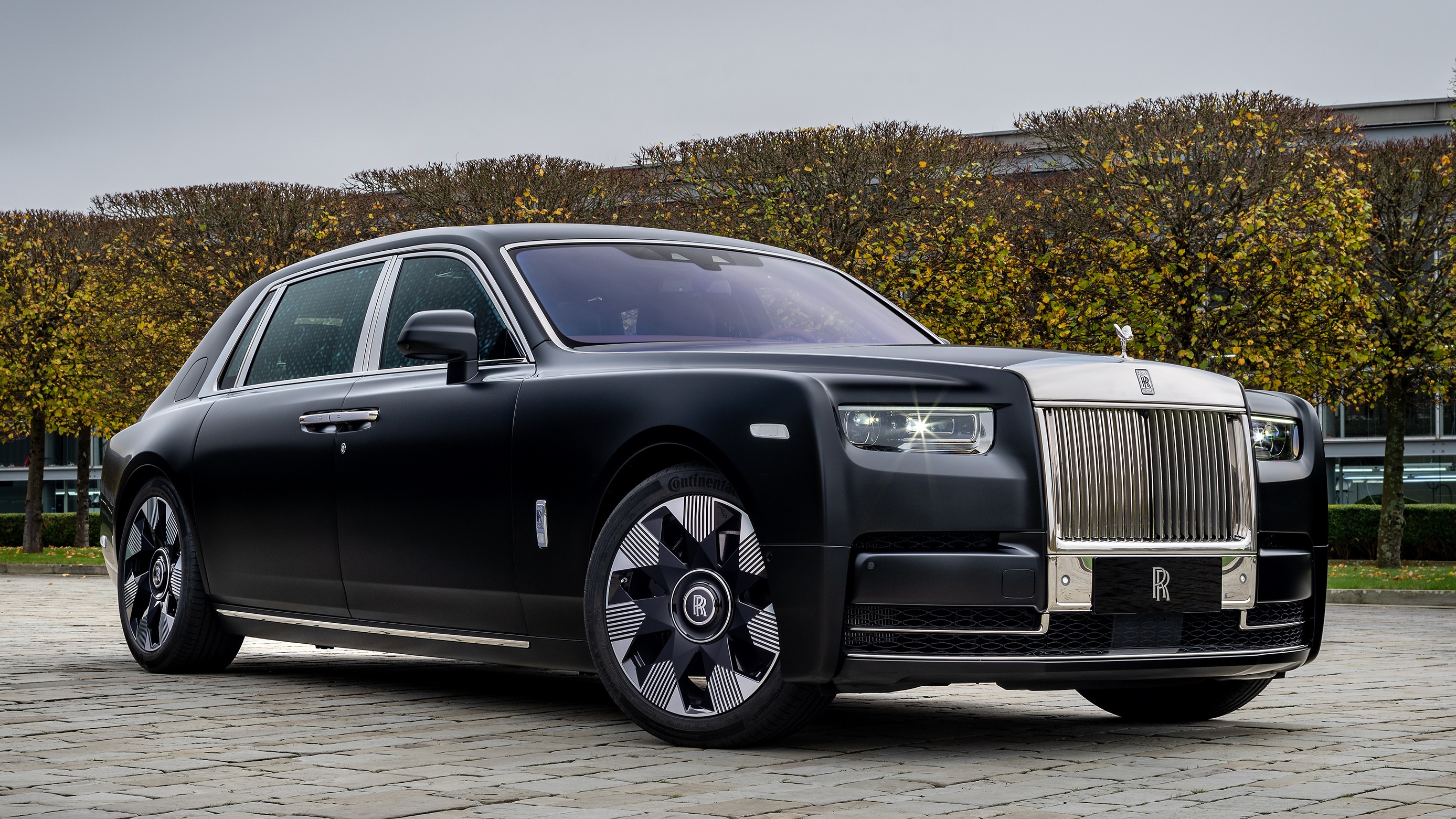 Rolls-Royce Phantom Dragon crosses cultures with a highly crafted approach
Rolls-Royce Phantom Dragon crosses cultures with a highly crafted approachThis one-of-one Phantom Extended has been built as a celebration of the outgoing Year of the Dragon, overseen by Rolls-Royce’s Shanghai Private Office
By Jonathan Bell
-
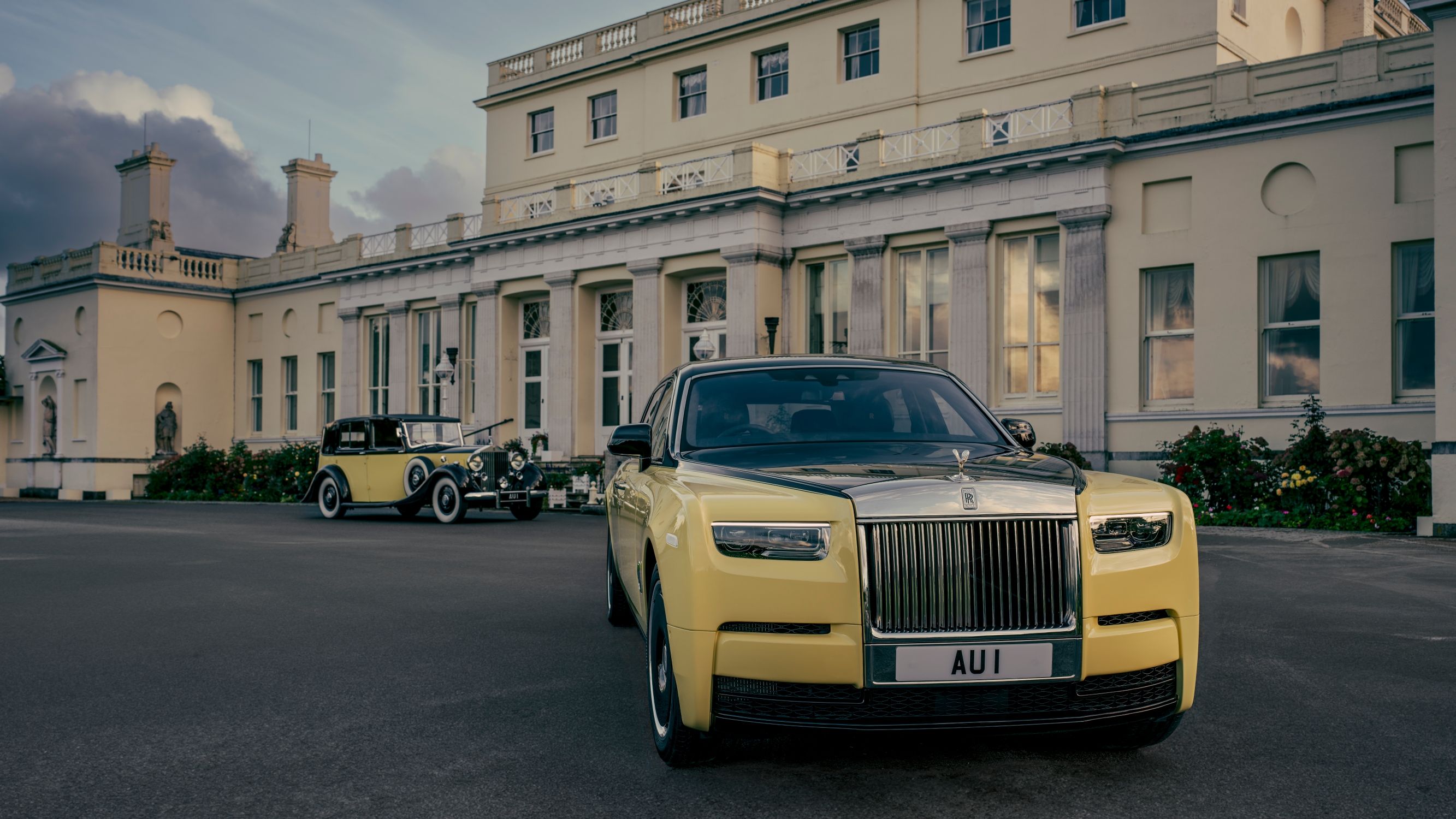 Rolls-Royce re-imagines the classic wheels of one of James Bond’s greatest antagonists
Rolls-Royce re-imagines the classic wheels of one of James Bond’s greatest antagonistsFor one lucky Rolls-Royce owner and Fleming obsessive, this one-off Phantom Goldfinger will blur the lines between cinematic fantasy and real life
By Adam Hay-Nicholls
-
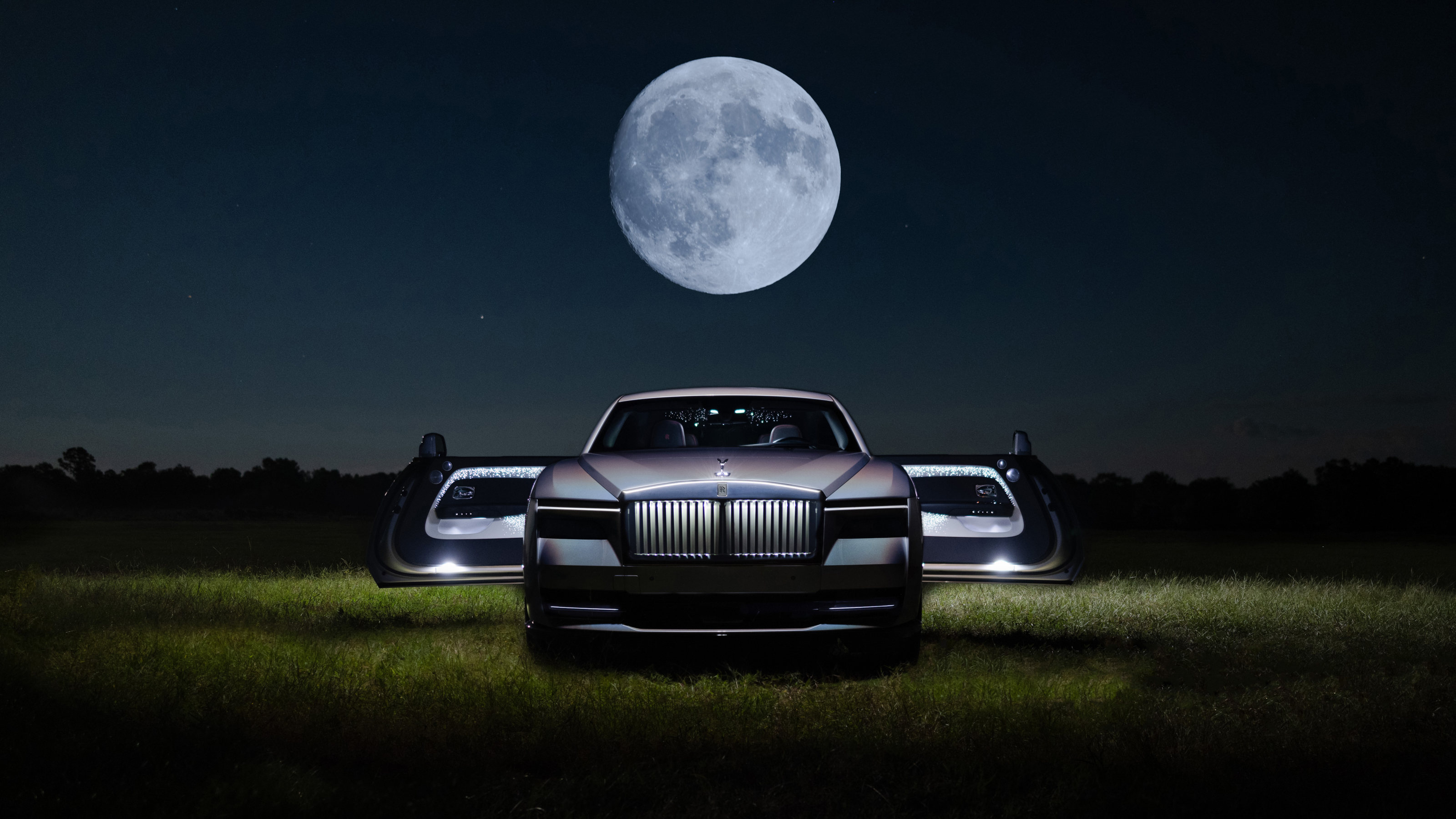 Rolls-Royce’s Bespoke division pushes paint technology to the limits in the Spectre Lunaflair
Rolls-Royce’s Bespoke division pushes paint technology to the limits in the Spectre LunaflairThis one-off commission transforms Rolls-Royce’s all-electric Spectre into a shimmering spectacle inspired by atmospherical effects
By Jonathan Bell
-
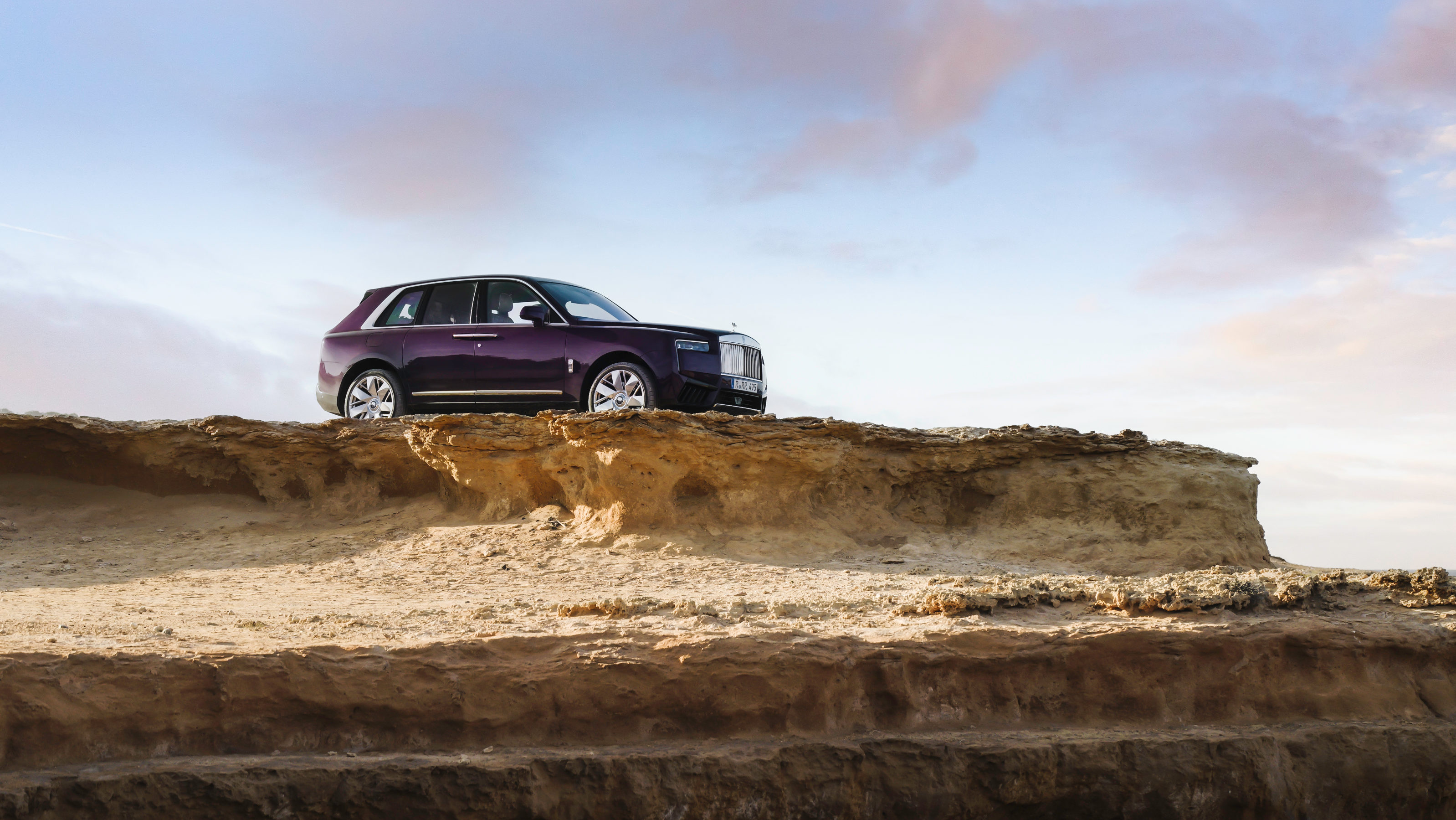 The subtly revised Rolls-Royce Cullinan offers clients an instantly commanding presence
The subtly revised Rolls-Royce Cullinan offers clients an instantly commanding presenceA Rolls-Royce is no longer the ‘best car in the world,’ but the best way to make your mark on automotive culture. Cullinan Series II goes even further into the world of branded storytelling and subtle oneupmanship
By Jonathan Bell
-
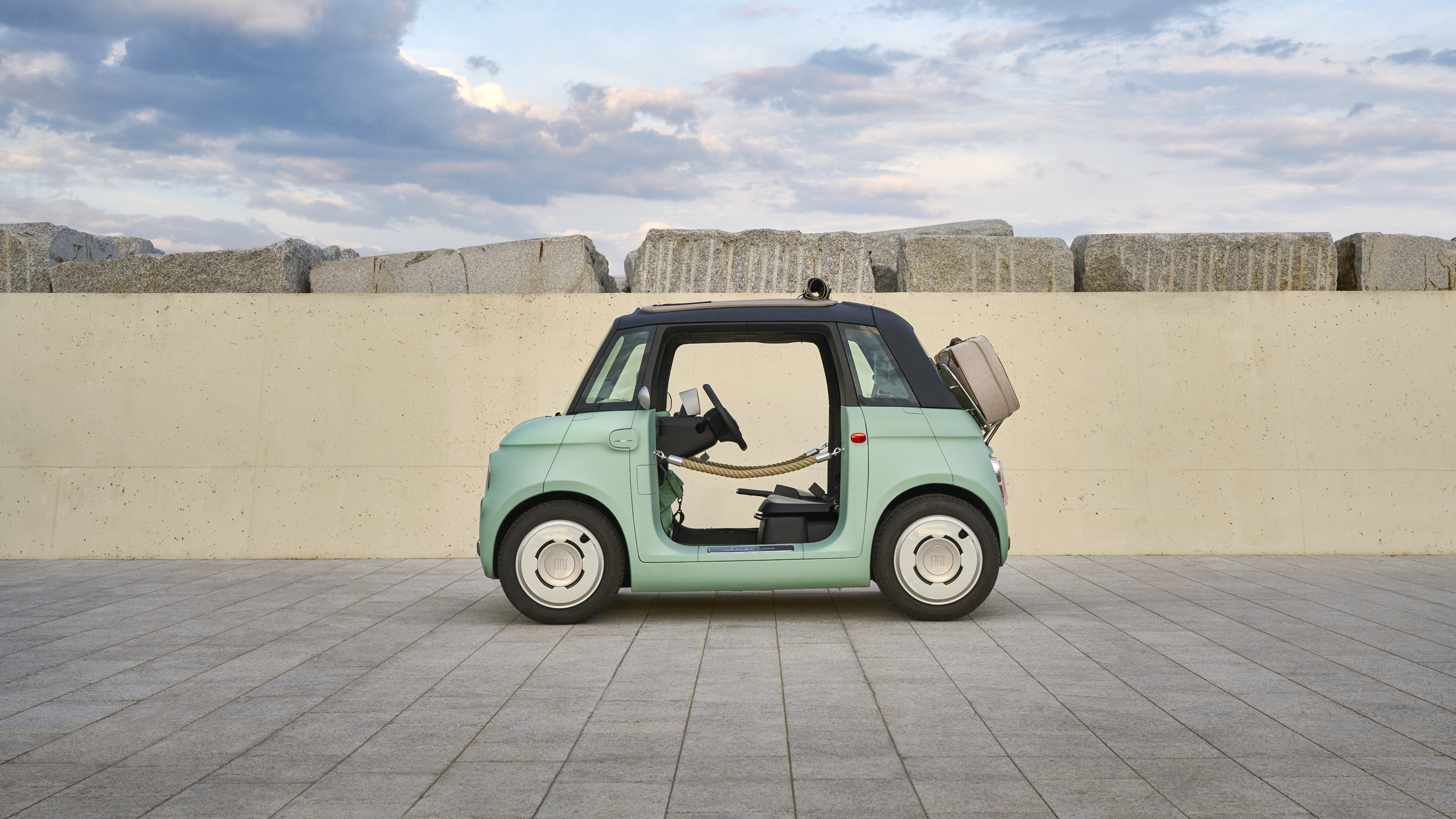 Year in review: top 10 transport design stories of 2023, selected by Wallpaper’s Jonathan Bell
Year in review: top 10 transport design stories of 2023, selected by Wallpaper’s Jonathan BellJonathan Bell’s top 10 transport design stories of 2023 span from electric campers and microcars to flying yachts and classic car recreations
By Jonathan Bell
-
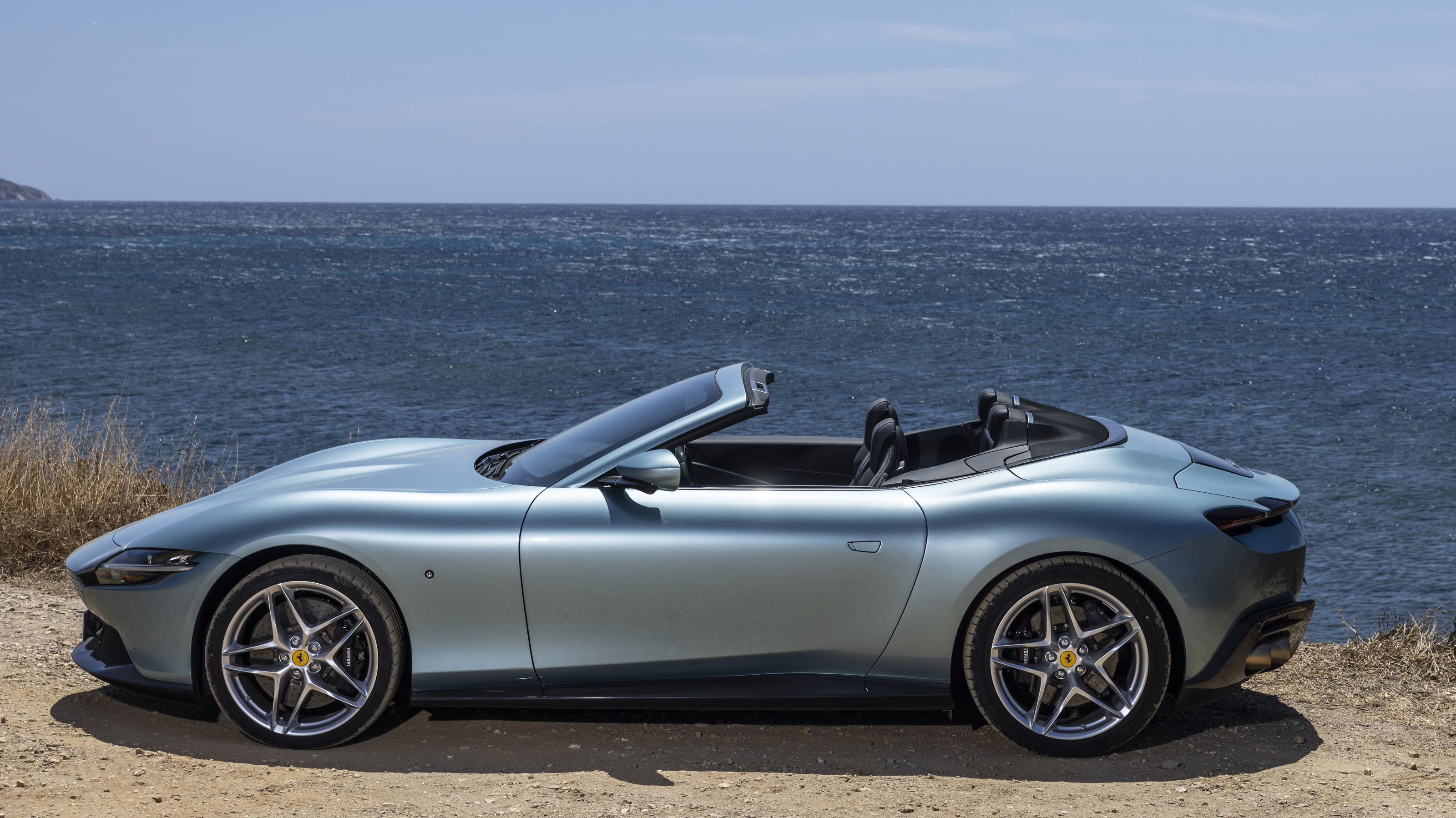 Year in review: the top 10 cars of 2023, as selected by Wallpaper’s Jonathan Bell
Year in review: the top 10 cars of 2023, as selected by Wallpaper’s Jonathan BellWhat were the best four-wheeled offerings of 2023? Transport editor Jonathan Bell takes us through the year’s most intriguing automobiles
By Jonathan Bell
-
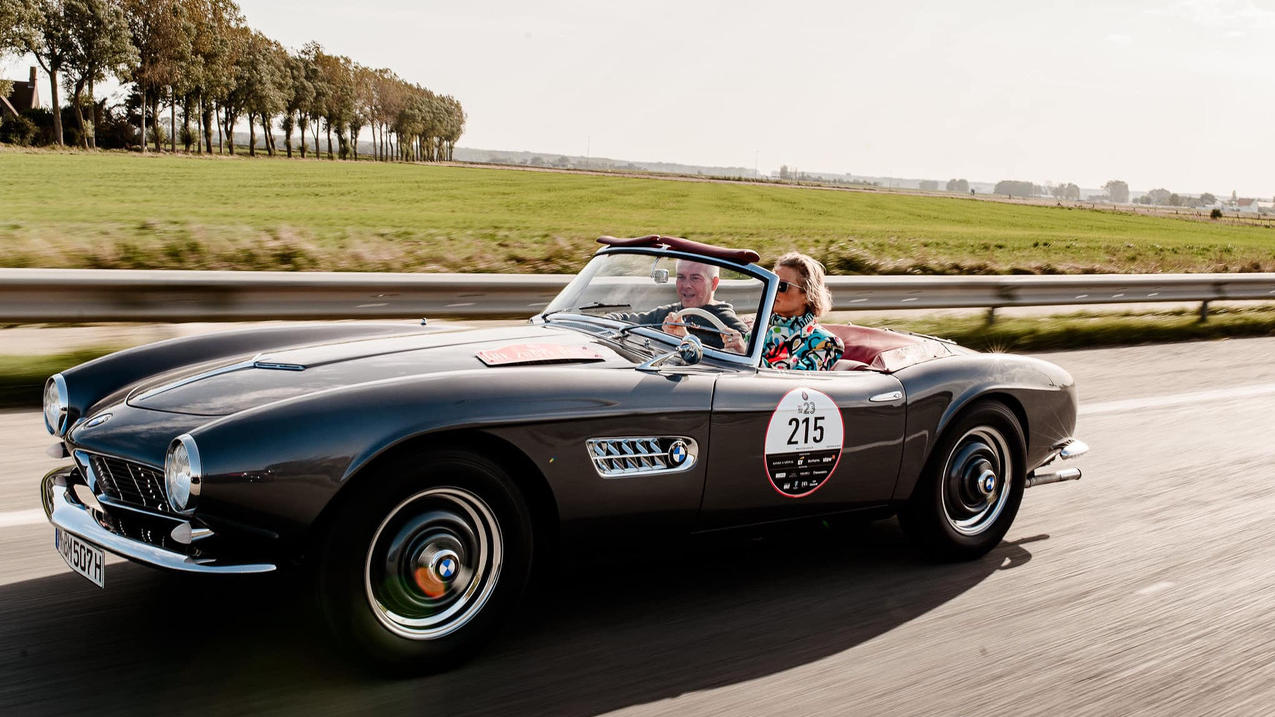 Zoute Grand Prix is a car fest like no other at a pristine Belgian beachside town
Zoute Grand Prix is a car fest like no other at a pristine Belgian beachside townAmy Serafin takes to the well-heeled streets of Knokke-Heist to experience the Zoute Grand Prix, its annual cavalcade of classic car-related events, from a rally to an auction
By Amy Serafin